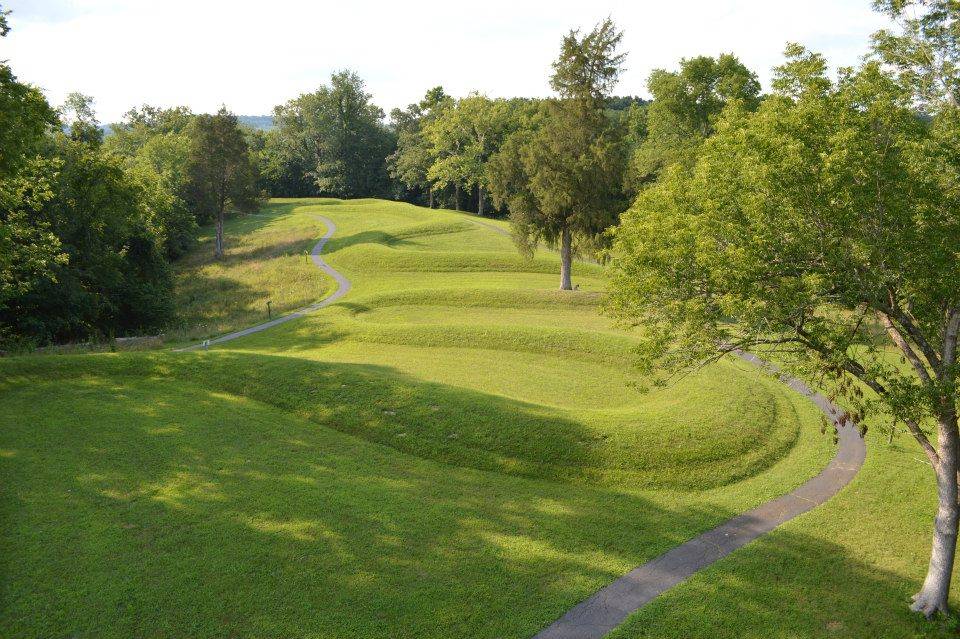The Great Serpent Mound, located in Peebles, Ohio, stands as a preeminent example of prehistoric effigy mounds in North America. This effigy mound, extending 1,348 feet in length and reaching heights of up to three feet, is situated on the Serpent Mound crater plateau, overlooking the Ohio Brush Creek in Adams County, Ohio. Recognized as the largest serpent effigy globally, the mound’s construction and purpose have intrigued researchers and historians for centuries.
Hopewell culture

The Hopewell culture, an ancient Native American civilization, prospered from approximately 200 BCE to 500 CE, mainly in the Northeast and Midwest regions of the United States. Noted for its significant earthworks and mound-building, the Hopewell culture created complex ceremonial sites, some of which are preserved at Hopewell Culture National Historical Park in Ohio. Their constructions, often intricate in design and vast in scale, suggest a high level of social organization and ceremonial sophistication. The Hopewell people are also famous for their craftsmanship in fine pottery, intricate textiles, and detailed carvings on bone and stone.
Trade played a central role in the Hopewell culture, as evidenced by artifacts that have been found far from their origin, indicating a network that reached as far as the Gulf of Mexico and the appalachian mountains. These trading routes allowed for not only the exchange of goods but also ideas and cultural practices. The decline of the Hopewell culture is not definitively understood, but their legacy remains etched across the landscapes they shaped and within the artifacts that continue to be discovered, providing insights into the lives and beliefs of the Hopewell people.
The Hopewell culture, flourishing between approximately 200 BCE and 500 CE, represents a fascinating chapter in the prehistory of North America. This ancient Native American civilization, primarily located in what is now the Northeast and Midwest regions of the United States, has left behind a legacy that continues to captivate historians and archaeologists alike. The Hopewell people are perhaps best known for their remarkable earthworks and mound-building endeavors, which were not merely architectural feats but also served as complex ceremonial sites. These sites, some of which are meticulously preserved at the Hopewell Culture National Historical Park in Ohio, offer a window into the sophisticated social organization and ceremonial practices of the Hopewell civilization.
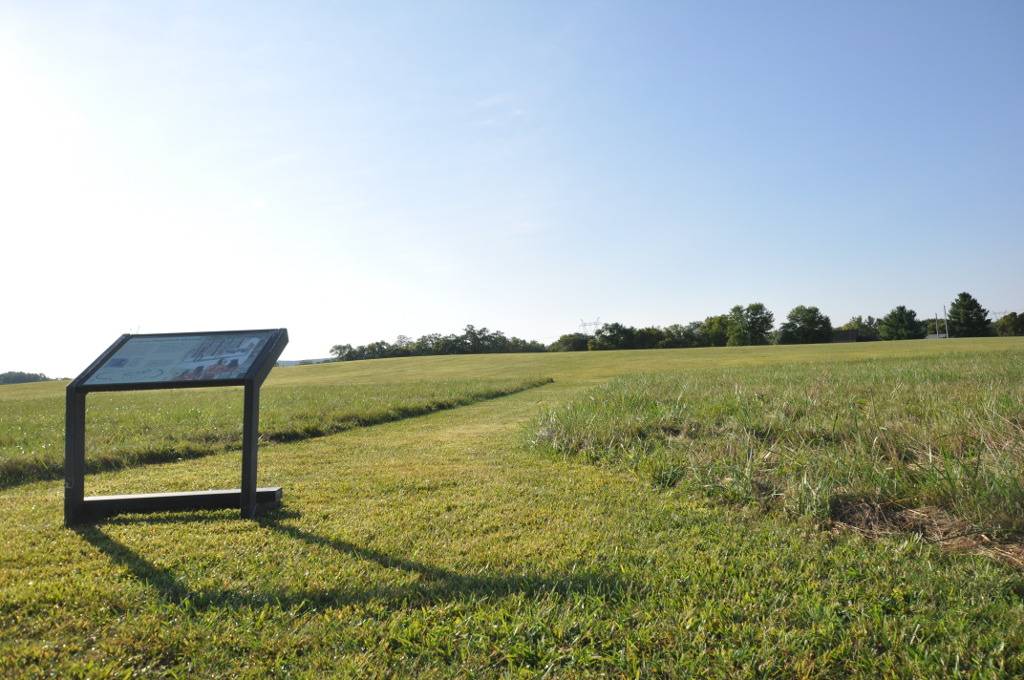
The scale and intricacy of the Hopewell constructions suggest a society that placed a significant emphasis on ceremonial and ritualistic activities. These earthworks, often geometrically precise and covering vast areas, indicate a deep understanding of mathematical principles and a strong connection to the natural world. The Hopewell people’s craftsmanship extended beyond their monumental earthworks. They were also skilled artisans, producing fine pottery, intricate textiles, and detailed carvings on bone and stone. These artifacts, adorned with complex motifs and symbols, provide invaluable insights into the cultural and spiritual life of the Hopewell people.
Trade was a cornerstone of Hopewell society, facilitating not only the exchange of goods but also the spread of ideas and cultural practices across vast distances. Artifacts originating from the Hopewell heartland have been found as far away as the Gulf of Mexico and the Appalachian Mountains, evidence of an extensive network of trade routes that crisscrossed the continent. This widespread trade network allowed for the exchange of exotic materials such as copper, mica, and marine shells, which were often used in ceremonial contexts. The movement of these goods across such vast distances underscores the Hopewell culture’s remarkable connectivity and influence.
The decline of the Hopewell culture remains shrouded in mystery, with various theories suggesting overexploitation of resources, climatic changes, or shifts in trade networks as possible factors. Despite the disappearance of the Hopewell as a distinct cultural entity, their legacy endures. The monumental earthworks, exquisite artifacts, and the landscapes they shaped continue to offer profound insights into the lives, beliefs, and social structures of the Hopewell people. As ongoing archaeological discoveries shed new light on this ancient civilization, the story of the Hopewell culture remains a compelling testament to the ingenuity and complexity of pre-Columbian societies in North America.
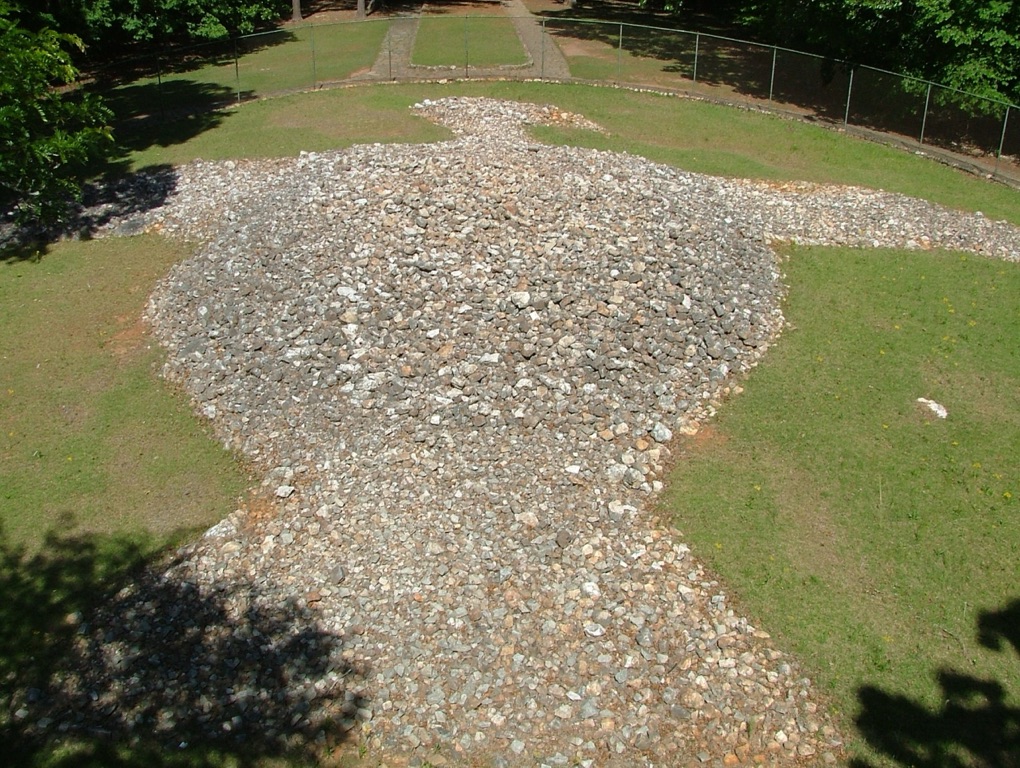
Explore The Hopewell Culture Archaeological Sites and Ancient Artifacts
FAQs on the Hopewell Culture
What are the Hopewell Culture best known for?
The Hopewell Culture is best known for its remarkable earthworks, intricate burial mounds, and sophisticated artifacts. These include finely crafted jewelry, pottery, and tools, as well as elaborate ceremonial objects made from materials like copper, mica, and obsidian, which were traded over vast distances. Their earthworks, often geometric in shape and astronomical in alignment, are among the most impressive and enduring legacies of pre-Columbian North America.
What was the Hopewell culture timeline?
The Hopewell culture flourished during the Middle Woodland period, roughly from 100 BC to 500 AD. This era is characterized by the expansion of trade networks, the development of mound-building practices, and significant advancements in art, ceremony, and social organization among the indigenous peoples of the Ohio River Valley region and beyond.
What happened to the Hopewell culture?
The decline of the Hopewell culture around 500 AD is not fully understood, but several factors likely contributed. Changes in climate and environment, shifts in trade routes, and the depletion of local resources could have challenged their way of life. Additionally, social and political changes within their communities might have led to the dispersal of the Hopewell people and the cessation of their distinctive mound-building practices. There is no evidence of a single catastrophic event leading to their decline.
Who are the descendants of the Hopewell?
The descendants of the Hopewell Culture are thought to be various Native American tribes that inhabited the regions of the Ohio Valley and surrounding areas. However, directly linking specific contemporary tribes to the Hopewell Culture is challenging due to the passage of time and the lack of written records. Tribes such as the Shawnee, Miami, and others in the Ohio Valley region share ancestral and cultural ties to the lands once occupied by the Hopewell people.
What was the religion of the Hopewell culture?
The religion of the Hopewell culture, while not fully understood, is believed to have been deeply connected to their burial mounds and earthworks, which likely served ceremonial and spiritual purposes. Artifacts and burial practices suggest a belief in an afterlife and a complex cosmology involving the natural world, celestial bodies, and the cycle of life and death. Their ceremonial centers were places of gathering, trade, and ritual, indicating a sophisticated spiritual and social structure.

Rock Eagle
The Rock Eagle Effigy Mound, located in Putnam County, Georgia, represents one of the most intriguing and enigmatic prehistoric archaeological sites in the United States. Estimated to have been constructed between 1000 BC and AD 1000, this monumental earthwork stands as a testament to the ingenuity and spiritual depth of the early inhabitants of Middle Georgia. Despite extensive scholarly research, the precise cultural significance and the identity of its creators remain subjects of speculation and debate.
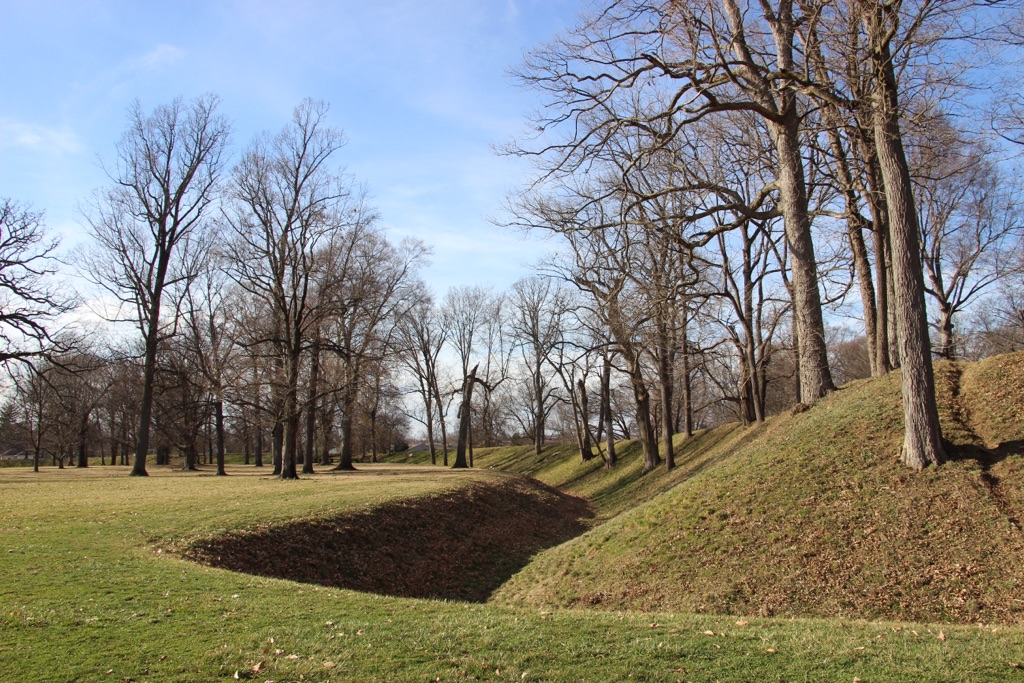
Octagon Earthworks (Newark Earthworks)
The Octagon Earthworks are a monumental testament to the engineering prowess of the ancient Hopewell culture. Located in Newark, Ohio, these earthworks form a sophisticated geometric complex that has intrigued archaeologists and historians alike. The site, part of the larger Newark Earthworks, is a marvel of prehistoric construction and is believed to have served both…
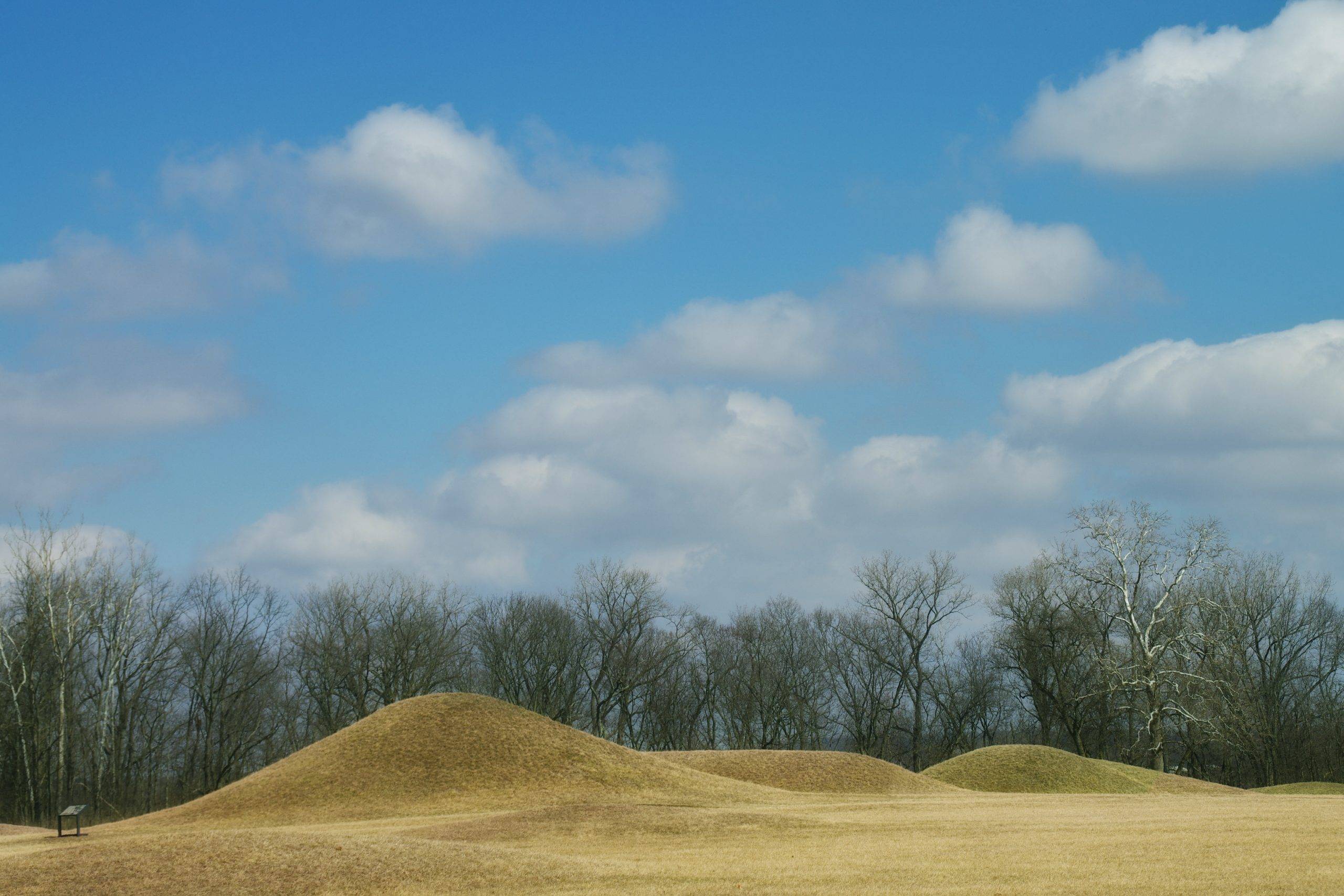
Hopewell Mounds
The Hopewell Mounds are a collection of earthen mounds and geometric earthworks that were part of the Hopewell culture, which flourished from 200 BCE to 500 CE. These mounds are primarily located in the Ohio River Valley in the United States. They are named after the Hopewell Farm in Ross County, Ohio, where a large concentration of mounds was discovered. The Hopewell Mounds are significant for their complex structures, which include burial mounds and ceremonial spaces, and for the sophisticated artifacts found within them, such as finely crafted metalwork and exotic materials that indicate a wide trade network.

